Have you ever wondered why semi-trucks have so many tires? The fact that almost all of them have exactly 18 wheels has always been a mystery to me. I did some research to figure out why this is the case, and I’ll explain it all in this article. I’m going to explain why 18-wheelers have so many tires.
Semi-trucks need more tires because they’re carrying a lot of weight over long distances. The additional tires help distribute the weight so the tires blow out less often. It also helps the rig stay stable, prevent flipping due to a weight shift, and allow the semi to go off-road as needed.
A semi-truck can go by a few different names: 18-wheelers, big rig, or tractor-trailer. Despite the different options, they’re all referring to the same type of vehicle.
A semi-truck is a large, long vehicle used specifically for commercial freight hauling. They have a comparably short “truck tractor” then a long box-looking piece on wheels behind the cabin, called the “semitrailer”.
To make things simple, people call the front the “tractor” and the rear the “trailer”. Put it together, and you get a tractor-trailer.
That’s right, these two parts are completely separate. The tractor has the engine in it and drives the rest of the vehicle. It also has the sleeper cabin where the trucker is positioned all day.
The long trailer is connected to the rear of the tractor and is loaded and offloaded as the trucker picks up and delivers the cargo. You can think of it like a trailer you pull behind your pickup and latch into the hitch.
Inside the container, there could be just about anything. It could be filled with stuffed animals, furniture, or art.
There is a federal weight limit of 80,000 pounds of gross weight that can go into the trailer.
The truck will take cargo from one area of the country to another. Your computer monitor could have been made in Ohio but sold in Washington state. At some point, a semi-truck might have had a whole load of monitors that they took across the country to be sold.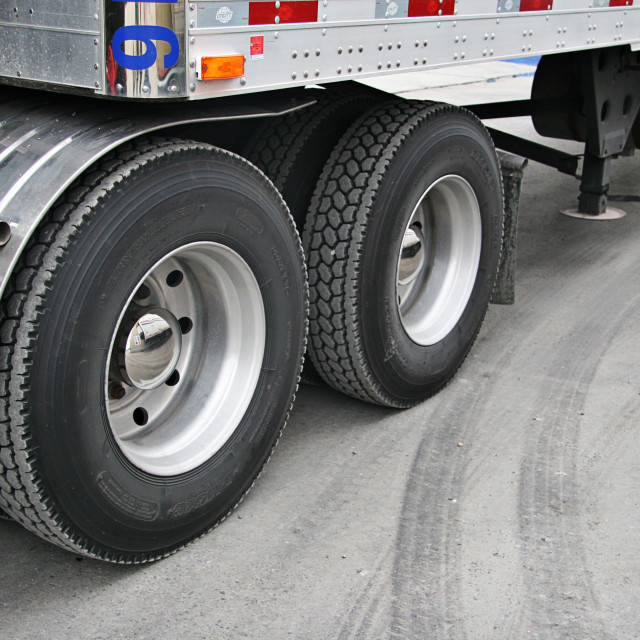
I just want to be clear that these are completely different from pickup trucks. I’ve had friends loosely use the term “truck” to talk about these two vehicles interchangeably. Instead, you should use the terms “semi” and “pickup”.
If you look at the base of the 18-wheeler, you’ll see a ton of tires. If you’re a math whiz, you might count 18 of them.
This isn’t universally true. The semis can have either 10, 18, 26, or 34 tires. A standard 18-wheeler is set up like this, moving from the front to the rear:
Add them together and you get 18.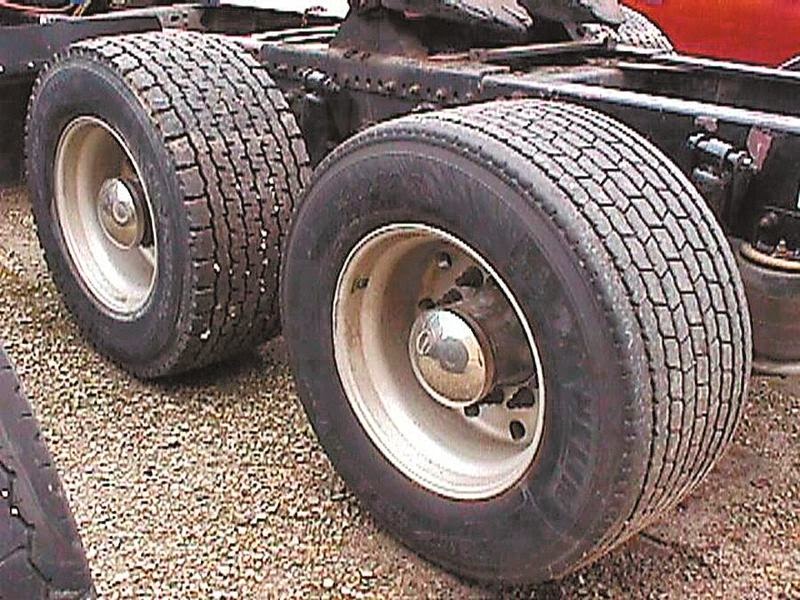 Swap out the four-wheel axles with two-wheel axles to get 10. Take a semi and add 2 or 5 more axles and you’ll get 26 or 34 tires, respectively.
Swap out the four-wheel axles with two-wheel axles to get 10. Take a semi and add 2 or 5 more axles and you’ll get 26 or 34 tires, respectively.
Why is there so much variability and what’s the need for so many tires in the first place? It has to do with carrying the load safely from one point to the next.
The first role is to physically carry the weight of the vehicle. When the trailer is loaded, the weight is transferred directly into the tires and down to the road.
If the tires aren’t strong enough to support the weight of the semi-truck, they’ll pop. One way to prevent this is to make bigger, stronger, more expensive tires. Still, they can only handle so much weight.
Another way to do this is to use a number of tires. By having 18 tires working together, the weight is distributed 18 ways.
The U.S. Department of Transportation (DoT) has standards when it comes to loading semi-truck. Specifically, they only allow 12,000 pounds for the steering axle, 20,000 pounds per individual axle, and 34,000 pounds for tandem axles.
Specifically, they only allow 12,000 pounds for the steering axle, 20,000 pounds per individual axle, and 34,000 pounds for tandem axles.
Using fewer axles means that a truck can legally carry less weight. This forces the driver to take less product on each trip, making less money.
When it comes to over-the-road trucking, blowouts are inevitable. Tire blowouts are caused by too much weight or pressure on a tire that has some failure. A tiny fracture on a tire can lead to a blowout under the right conditions.
By doubling up the tires on each side of the semi, the driver can save their 18-wheeler during a tire blowout. The other tire next to the blown one will allow the vehicle to hobble to safety on the side of the road and repair the blown tire.
Even if the laws didn’t exist and blowouts were ignored, the semi-truck still needs to be stable. These vehicles are driven hundreds of thousands of miles at highway speeds. Instability means the truck will either spin out or flip over easily.
Instability means the truck will either spin out or flip over easily.
With all these extra axles and tires, you’re left with a vehicle that’s highly stable. Compare riding a tricycle to a bicycle to a unicycle. As you have more tires in contact with the ground, you have an easier time balancing.
If semi-trucks only had a set of tires in the very front and back, you would see them on their sides constantly, especially as they’re making turns.
There are plenty of times when a big rig driver has to take things off-road. In more remote areas of the country, paved roads are a luxury.
This is when it helps to have so many tires. The semi can still balance on unpaved roads, support the weight of the load, and get through the trip.
There are no laws surrounding how the cargo needs to be secured within the trailer. Things can be stacked and piled on top of one another, creating a mountain of goods.
When the semi makes a turn or needs to quickly correct their vehicle, it can result in the weight shifting within the trailer. It might not seem like a big deal, but shifting weight is a huge problem.
If you take a standard pickup truck and suddenly shift the weight in its bed to one side, it’s likely that the pickup will have two wheels off the road and can flip.
Weight shifts can be very common with 18-wheelers. Thankfully, they have plenty of wheels to keep the semi-truck planted whenever this happens. As a result, the rig can stay balanced even when the cargo shifts around.
You might also see some semi-trucks that have a set of tires just floating over the ground. No, these aren’t the spare tires for the vehicle, this is a “drop axle”.
As you know, more tires equate to more allowable weight for the semi-truck. The trade-off is that the vehicle is less maneuverable. This means taking larger turns, getting a worsened fuel economy and more difficulty driving through parking lots.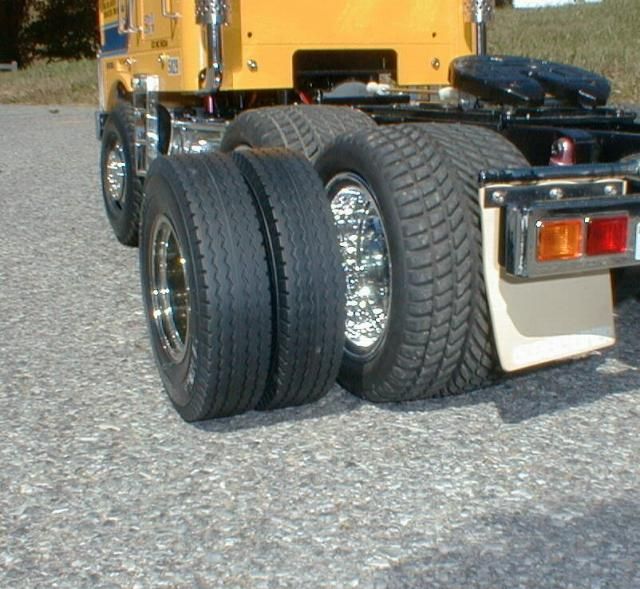
To make semi-trucks easier to drive, they install these drop axles. When the axle is up and in the “stored” position, those four wheels aren’t touching the ground. In this position, the semi has the best maneuverability.
If the load is too heavy, then the driver will drop the axle and it will make contact with the road.
In other words, the driver can decide whether they want 18 or 14 wheels in contact with the road by raising or lowering this axle.
Since the law sets the weight limit based on how many axles are in contact with the road, the driver still needs to adhere to those standards.
The next time you pass an 18-wheeler with an axle in the air, know that their cargo is lighter and they’re choosing a more maneuverable rig.
In theory, it makes sense why semi-trucks have so many tires (per the reasons I listed in a previous section). But, why do they have exactly 18? Would a truck flip with 16 and refuse to turn with 20?
There’s no reason why there need to be exactly 18 tires. The best explanation is that the number 18 just stuck. Having a set of axles at the front and rear of the trailer makes sense, so 18 would be the logical outcome.
The best explanation is that the number 18 just stuck. Having a set of axles at the front and rear of the trailer makes sense, so 18 would be the logical outcome.
Plus, 18 seems to give a good combination of maneuverability and strength. It’s worked for this long, so why change it now?
To be clear, there are no laws or standards forcing these tractor-trailers to have 18 wheels. Just the axle law explained earlier, but that doesn’t limit you to only 5 axles.
In this article, I discussed why semi-trucks have so many tires. It keeps the rigs more stable and allows them to carry plenty of weight. If you have more automotive questions, you might find the answer on my site. Be sure to see what products I recommend that will make your life easier as a car owner.
Your subscription could not be saved. Please try again.
Thanks for subscribing, see your free e-book on your inbox!
First name
Email address
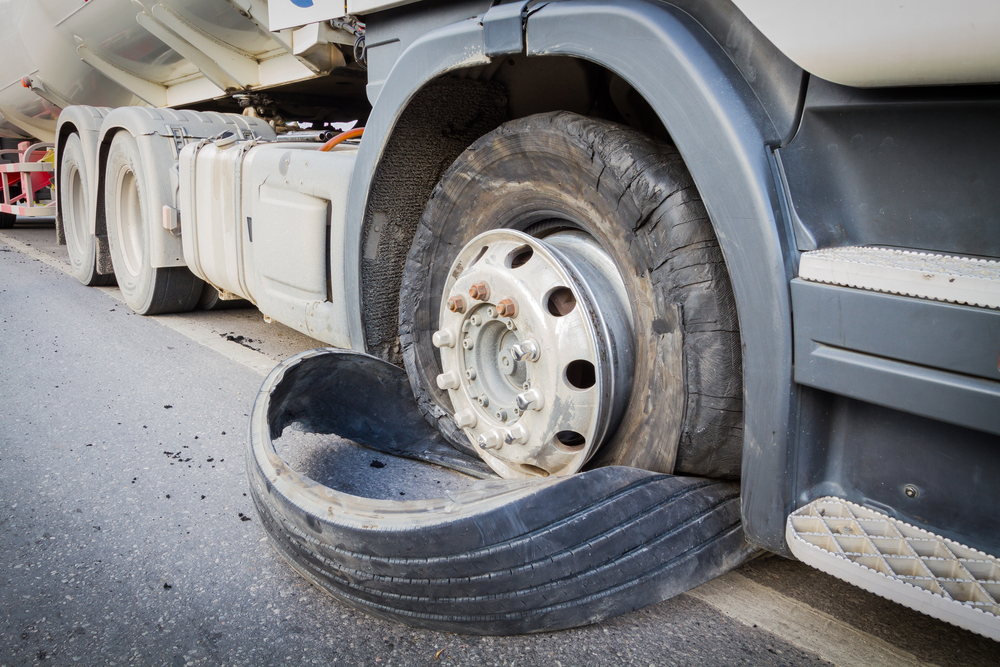 com
comSemi trucks have many wheels. However, this varies greatly on the weight being hauled and the class of the vehicle.
In this article, we explain how many wheels do the various types of semi trucks have.
Read on to find out more…
A semi-truck will typically have either 6 or 10 wheels. A heavy-duty tractor unit will have 10 wheels, with 2 steer wheels on the front axle and 4 wheels on both of the rear axles. A medium-duty tractor unit will have 6 wheels, 2 steer wheels on the front axle, and 4 wheels on a single rear axle.
Table of Contents
The number of wheels on an 18 wheeler usually corresponds to the number of rims on the semi truck.
18 wheelers usually have 18 rims and each has a tire. This means that most 18 wheelers also have 18 wheels.
This doesn’t look the same as it would on a regular car, however.
Usually on either side of the front of the tractor are 2 wheels (so 4 on either side of the front of the tractor) with the back set of wheels having 10 total on the tractor.
The double axle trailer has a total of 8 wheels with 2 wheels on either side of each axle. This means the trailer has 8, plus the 10 up on the tractor which equals to 18.
No, not all trucks have 18 wheels. It is true that 18 wheelers all have 18 wheels, but semi trucks come in many sizes.
The next size down from an 18 wheeler is the 16 wheeler.
The 16 wheeler is similar, but smaller, with a smaller engine, and of course 16 instead of 18 wheels.
The confusion arises in part because of the common use of the term 18 wheeler to refer to any semi truck.
However, the number of wheels a truck has will depend on how many axles it has and whether it has single-tire hubs or double-tire hubs. This applies to both the tractor unit and the trailer.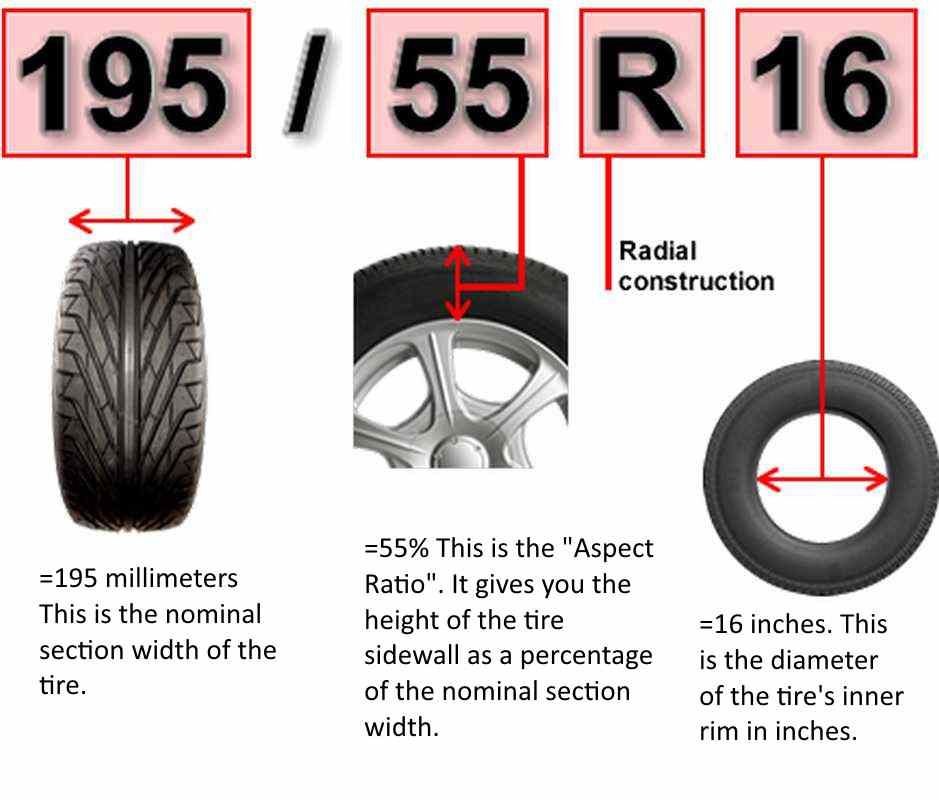
16 wheelers are uncommon, but they do exist.
18 wheelers only have 18 wheels and do not have fewer or more. But, semi trucks have fewer wheels to haul small loads and less weight.
A 16 wheeler semi truck may exist if you have a tractor unit having 10 wheels, similar to that of an 18 wheeler, and a trailer with a 6 wheel configuration.
A trailer with a 6 wheel configuration will typically consist of 3 axles with single-tire hubs, totaling 6 wheels.
These types of trailers are used for lighter loads and are most common in Europe.
Most semi trucks with a tractor and trailer configuration have 18 wheels, hence the ubiquitous name.
However, semi trucks can have fewer wheels and if extra trailers are being hauled, this will also increase the number of wheels the truck has.
A tractor unit typically has 6 or 10 wheels. A light-duty tractor unit has 6 wheels whilst a heavy-duty tractor unit will have typically have 10 wheels.
If a semi truck is hauling two trailers, each trailer can add an extra 4-12 wheels depending upon the rim set up.
Some semi truck rims are designed for two wheels each, while others only have one rim for one wheel.
A typical heavy-duty trailer in the U.S. has a double or tri-axle setup, both with double-tire hubs.
Therefore a double axle trailer will have 8 wheels and a tri-axle trailer will have 12 wheels in total.
These semi trucks will include primarily class 5-6 trucks. The trucks include vehicles such as box trucks, some moving trucks, and delivery trucks.
Some smaller, lighter-duty semi trucks can have as little as 6 wheels. These typically have a single rimmed wheel and a smaller trailer.
A medium-duty tractor like the Kenworth T270 and T370 has 6 wheels, 2 as the front steer tires, and 4 wheels in the rear axle.
The heavy-duty semi trucks are when the rims of their wheels usually support more than one tire.
This is when you will start to see the class 7-9 semi trucks with 18 wheels.
This class, as stated above, includes the large to oversized load semi trucks. Class 7 can include some street cleaning trucks and garbage trucks which are large and typically have 10 wheels.
A heavy-duty tractor like the Peterbilt 389 will have 10 wheels, 2 as the front steer tires, and 8 wheels in the 2 rear axles.
Together with a trailer, it can add up to 6 – 24 wheels, depending on the number of axles per trailer and of course whether it utilizes single-tire or double-tire hubs.
The larger semi trucks with a single trailer have between 16-18 wheels for the trucks registered for up to 30,000 pounds and up to three axles.
Oversized loads may have an extra row of double tires in the back of the trailer, thus making the total 20-24 wheels.
The 6×2 semi trucks typically have 6 wheels. 2 steer wheels on the front axles and 4 wheels on the rear drive axles.
2 steer wheels on the front axles and 4 wheels on the rear drive axles.
The 6×2 semi trucks essentially mean that the two of the rear-drive axles get powered. For this reason, it is better suited for class 6 vehicles that do not haul as much weight.
These are more popular in Europe but have been gaining traction in the U.S.
One of the main appeals of this design is it saves fuel, but also delivers less power so be sure you know your routes before making your choice.
The 6×4 semi trucks typically have 10 wheels. 2 steer wheels on the front axles and 4 wheels each on the 2 sets of rear drive axles.
Similar to the answer above, 6×4 essentially means of the 4 of the rear axles are being powered which makes it the drive axles. For they are more powerful than 6×2.
These semi trucks use much more fuel than the European styled 6×2, but it is preferred by drivers who travel in rough terrain.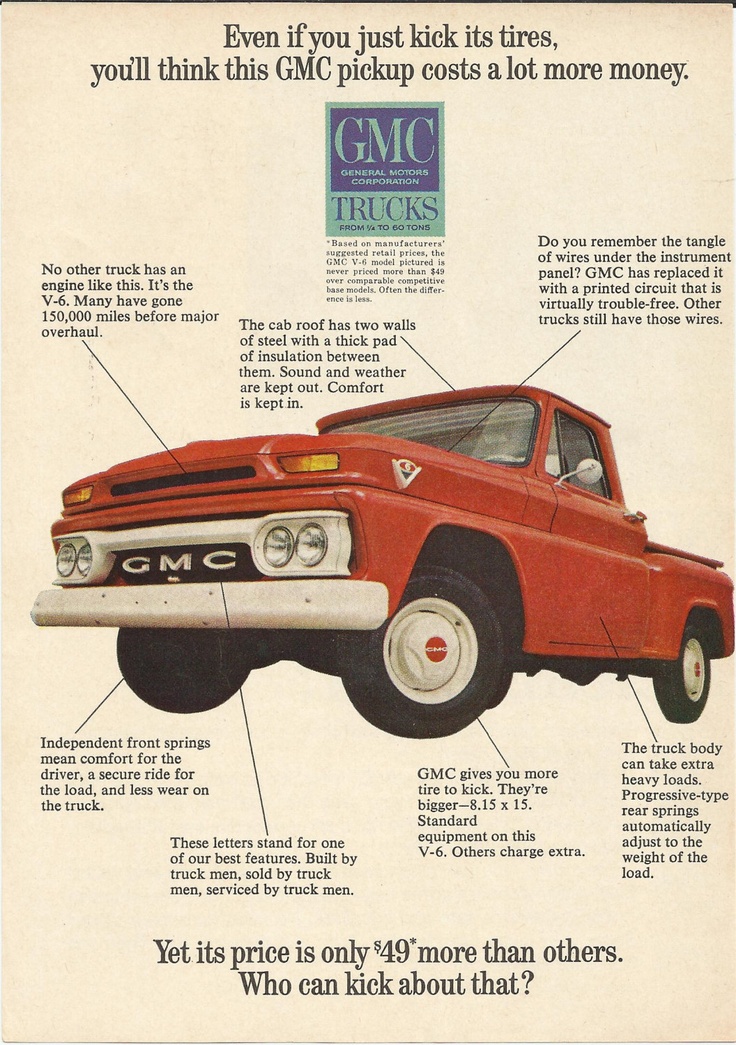
Typically, 18 wheelers use 6×4 wheel drive, which means usually they have 18 wheels total.
The 6×6 semi trucks typically have 10 wheels. 2 steer wheels on the front axles and 4 wheels each on the 2 sets of rear drive axles.
All 3 sets of axles are powered i.e. 6 axles in total.
The 6×6 semi truck is sometimes called all-wheel drive. For small cars this is known as 4×4 all wheel drive, but since there are more wheels on a semi truck, it is 6×6.
Usually, these trucks are not used for commercial use. Rather, it is reserved for military vehicles such as tanks and off-road all-terrain vehicles.
The maximum number of wheels in a standard truck is 22. This truck will consist of a heavy-duty tractor unit with 10 wheels and a tri-axle trailer with dual-tire hubs having 12 wheels. However, semi trucks that haul oversized loads will have more wheels and must acquire special clearance.
Most semi trucks of the 7-8 class need to have double tires. This is due in part to the fact that these wheels operate with the 2-3 axles to get their power and balance the weight of the load.
For semi trucks weighing up to 80,000 pounds, you will definitely want to have the double tire in order to hold so much weight.
If you consider class 5-6, however, the weight is not so great that the wheels cannot hold it.
Typically, all semi trucks (especially the big rigs people have in mind) need the extra wheels. But, smaller models which carry less weight at once don’t need the support.
A typical tractor unit will have 3 sets of axels.
The front set of axles will have two steer wheels, one on either side.
The other 2 axles are considered as the drive axles and will have 2 wheels on either side of each axle.
The steer wheels are controlled by the steering wheel which is located in the driver’s cab.
One of the main reasons there are so many wheels on a semi truck is to balance the weight and ensure the weight is supported.
This prevents the pressure of up to 80,000 pounds from crushing the tires or causing them undue wear.
For this reason, the tire lifespan is actually extended by having support from the others.
Another reason is to keep the vehicle balanced when turning and traveling. There is a lot of weight that can cause the semi truck to tilt or fall if the wheels cannot hold the weight.
There are a lot of rules and regulations on semi truck weight limits that must be adhered to and can easily be unbalanced due to loads.
Most commonly these wheels are on dump trucks and garbage trucks which can very easily exceed the legal load limits.
But, these wheels are not always needed and thus can be raised when the weight limit isn’t being exceeded.
One reason it is good to have the option to raise the extra wheels is the more axles that are in use the less mobile your truck will be.
If more axles are being utilized it can make turning more difficult, so you don’t want to have them implemented unless needed.
This depends upon the type of truck you are thinking about.
Most big rig, 18 wheeler semi trucks do not carry spare tires with them or have the extra raised wheels seen on garbage and dump trucks.
The reason many big rigs do not carry spares with them is that it will upset the weight limit of the trailer.
Tractor-trailers need to be very careful they do not exceed weight limits when they enter the weigh station. Having a spare tire will add to the overall weight of the truck and make it more difficult to travel.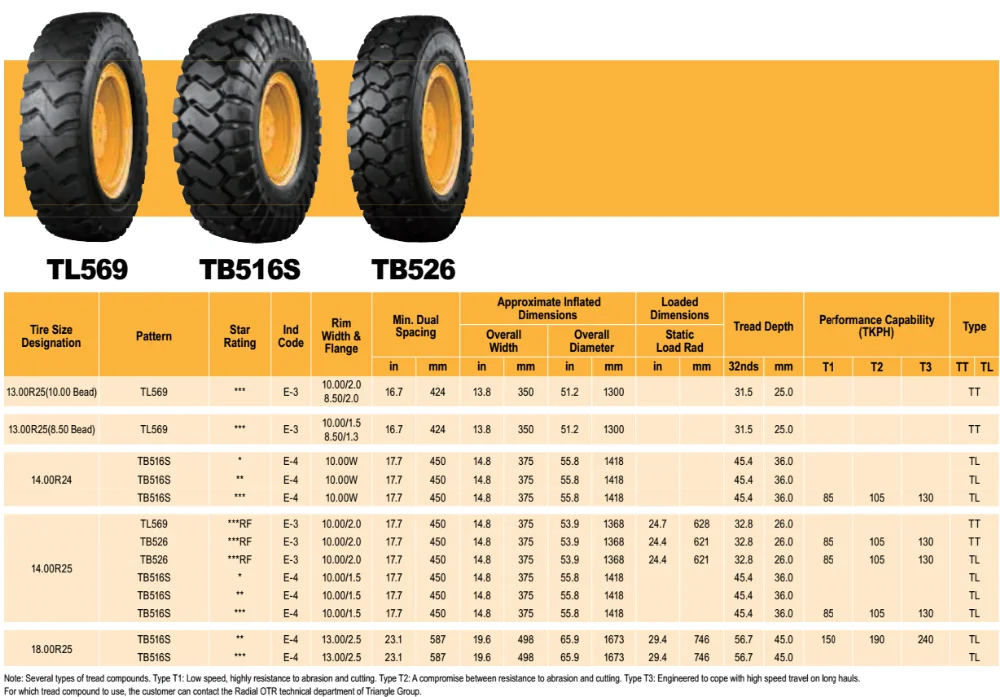
It is also far easier to have assistance rather than try to somehow change the semi truck’s tires on the highway without proper equipment.
All in all, semi trucks do not benefit from having any spare tires with them.
Garbage trucks and dump trucks can have as many as 3 extra sets which can be lowered and used, but typically only have 1-2 rows.
Main page — News — Articles — Buying tires and wheels for a semi-trailer: what to choose?
Stable and durable tires are a guarantee of safety for the driver and cargo. They have the maximum load, especially when driving off-road. As a result, not only the wheels suffer, but also the suspension of the vehicle. This, in turn, affects its lifespan. In the article you will learn more information about tires and wheels for semi-trailers, about the features of their choice.
It is necessary to select such an important element as tires, taking into account the purpose of operation and the quality of the roads along which the car moves.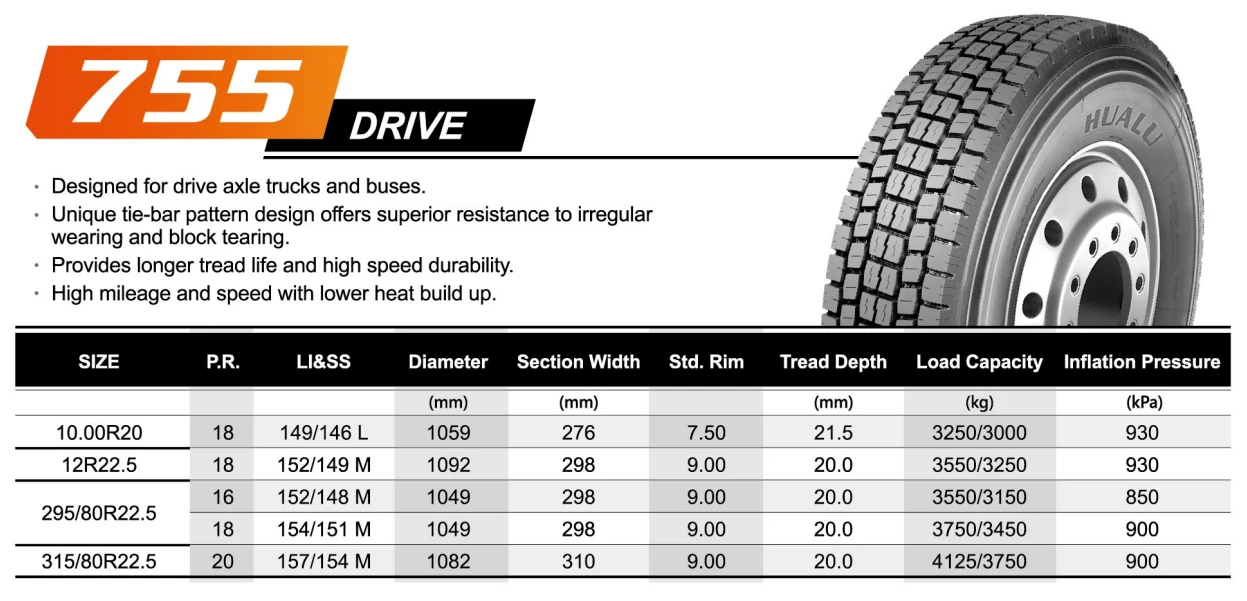
According to the type of tread, tires are divided into the following types:
When buying tires for a semi-trailer, technical requirements must be taken into account. For example, it is not allowed to install tires on the same axle that have different treads and patterns.
According to the profile of the tire are divided into:
The size of the wheels in the semi-trailer, towing vehicle must be the same. So it turns out that the mass of the load will be distributed as evenly as possible.
When choosing tires for semi-trailers, you need to take into account the axles of the car, since different forces act on the rubber in different positions:
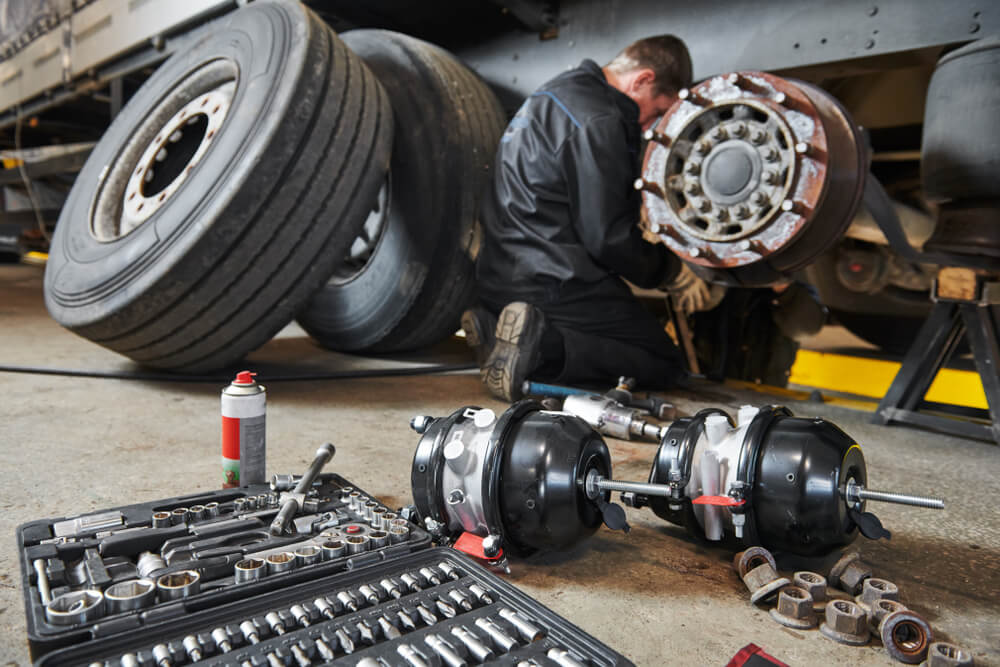
The latter is affected by transverse forces: the mass of the semi-trailer itself and the entire load. The drive axle takes on the force of friction. And the steering is also responsible for the axial force.
When buying truck tires, a car owner may encounter the following symbols:
Semi-trailers require the installation of free-rolling tires. Their task is to provide minimum rolling resistance. It is on its implementation that fuel economy depends. The pattern of such rubber is similar to steering tires.
When buying, you need to pay attention to the type of rubber construction, which happens:
The main difference between them is the arrangement of rubber layers in the carcass and breaker. Radial are stronger, therefore, they guarantee enhanced grip with the canvas. Diagonal ones are softer in this sense, so they are more often used for vehicles moving on dirt roads.
Radial are stronger, therefore, they guarantee enhanced grip with the canvas. Diagonal ones are softer in this sense, so they are more often used for vehicles moving on dirt roads.
In addition, tires are divided into:
● Chamber - heavy, affect fuel consumption. They are more vulnerable, if damaged, a complete dismantling of the wheel with the disc is required.
● Tubeless - easier to use. In case of breakage, you can glue the place of damage or plug it with a bolt.
When buying a tire, you need to take into account the quality of rubber - it must be complete, without deformations and microcracks.
The task of the rims is to ensure the stability of the semi-trailer on the road surface and, accordingly, the safety of movement. The stability and maneuverability of the wheels directly depends on their quality, because thanks to them they acquire sufficient rigidity and strength.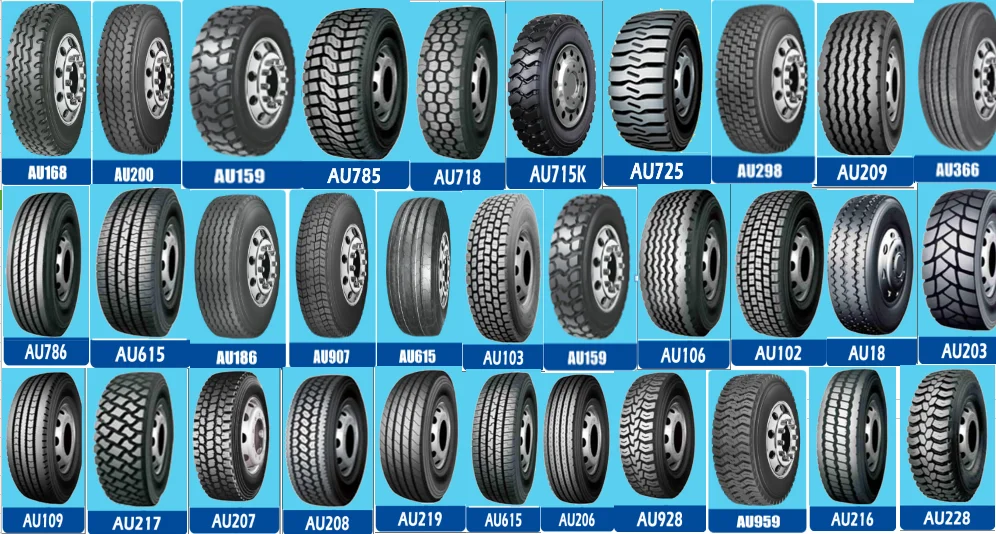 Finding suitable rims for semi-trailers is not difficult. Given that the load on vans is higher than on other vehicles, the wheels need to be as strong as possible. They need to stay light so the extra weight doesn't affect the ride quality.
Finding suitable rims for semi-trailers is not difficult. Given that the load on vans is higher than on other vehicles, the wheels need to be as strong as possible. They need to stay light so the extra weight doesn't affect the ride quality.
Discs are divided into two subgroups:
1. Steel.
Components are created from steel sheet, then connected using a welding machine. They can be restored after deformation. The main disadvantages are high mass, low manufacturing accuracy, poor corrosion resistance.
2. Alloy.
They are made from alloys of metal elements with a high degree of strength and low weight. This results in wheel rims with a long service life, which is especially important for vans. The main advantage is lightness.
Alloy wheels can be manufactured using one of the following methods:
● Cast - created by casting under pressure.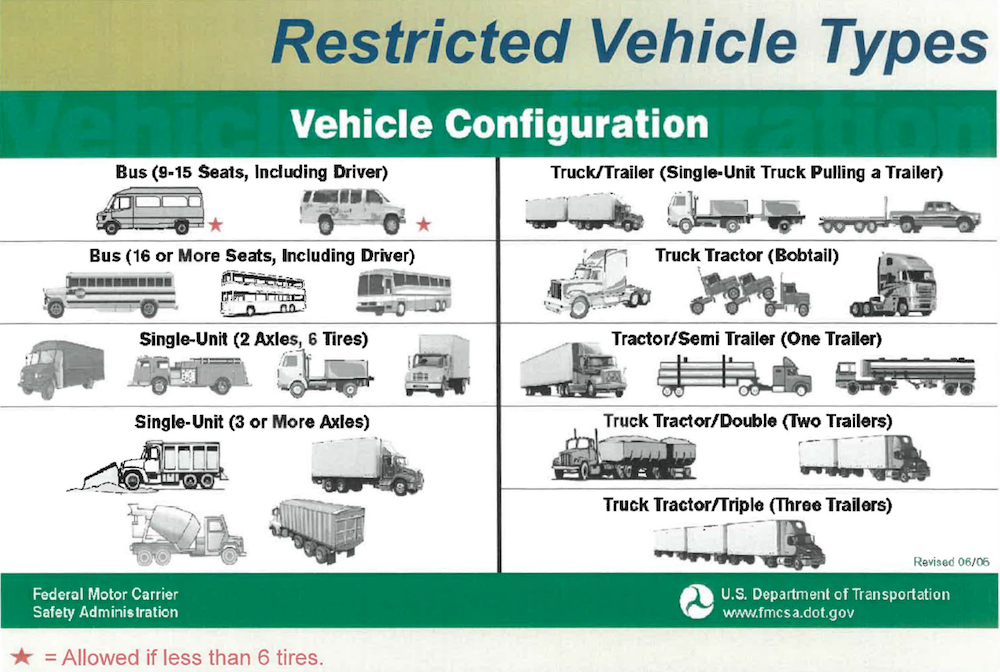 The result is a monolithic disc with a granular structure of the material. This is their main disadvantage, since microcracks begin to appear over time.
The result is a monolithic disc with a granular structure of the material. This is their main disadvantage, since microcracks begin to appear over time.
● Forged - more suitable type for trucks and trailers. Thanks to forging, the disc design receives increased strength and excellent rigidity. He is able to withstand even the strongest blow. Unlike cast, it will not burst, the maximum will bend, in an unfavorable situation.
Considering all the characteristics and features of rims, it is worth buying light-alloy products created using the forging method for vans. When choosing dimensions, you need to take into account the model of the semi-trailer:
● 17" alloy wheels are suitable for low bed trailers.
● Semi-trailers require large 22.5 inch rims.
If you need help in choosing, you can contact the managers of our company. A specialist will help determine the most suitable type of tires and wheels for a semi-trailer, which will ensure safe driving over long distances.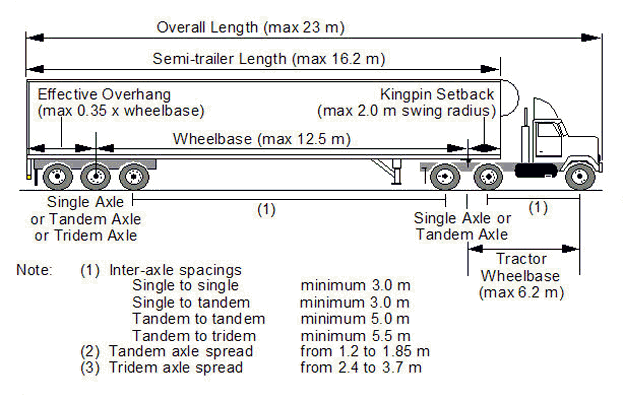
The driver does not need to perform any additional settings and manipulations to connect a new trailer. Learn more about the repeater.
Note:
Road safety depends on the condition of the tires. Pressure deviations from the norm in any direction are equally dangerous. They lead to loss of control over a heavy truck, increased fuel consumption, premature tire wear, "unsure" traction, etc. With the help of monitoring systems from INCAR TPMS, it is easy to see deviations from the norm even while the vehicle is moving.
They lead to loss of control over a heavy truck, increased fuel consumption, premature tire wear, "unsure" traction, etc. With the help of monitoring systems from INCAR TPMS, it is easy to see deviations from the norm even while the vehicle is moving.
The mechanism of operation and advantages of tire pressure monitoring systems for road trains
The electronic system consists of:
Sensors are mounted directly on the wheelbase of semi-trailers. They are light in weight, so there is no need to balance the wheels after mounting the equipment. Through the radio transmitting devices with which the sensors are equipped, information is transmitted to the control unit located in the cab of the road train. After that, the system compares the data received from the devices located on the wheelbase of the trailers with the parameters specified in the settings.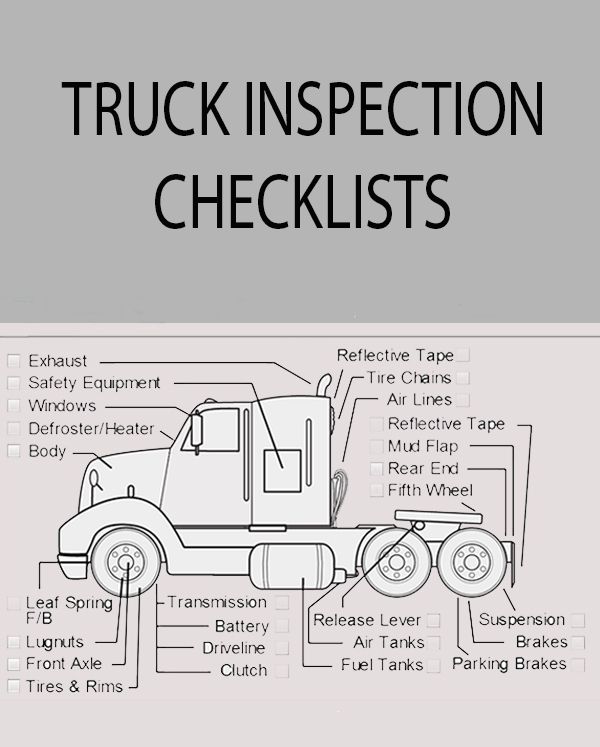 The result is shown on the display. The parameters are set manually. As soon as the ignition is turned off, the system stops reading data. This helps to conserve the charge of the batteries (accumulator or batteries).
The result is shown on the display. The parameters are set manually. As soon as the ignition is turned off, the system stops reading data. This helps to conserve the charge of the batteries (accumulator or batteries).
By installing equipment on private or commercial vehicles, you will:
There are 3 types of devices:
In the first case, the trailer equipment is a complex device that simultaneously measures the temperature. It is equipped with a battery and a transmitting antenna. High-precision direct measurement devices. They show in which of the wheels there are deviations from the norm.